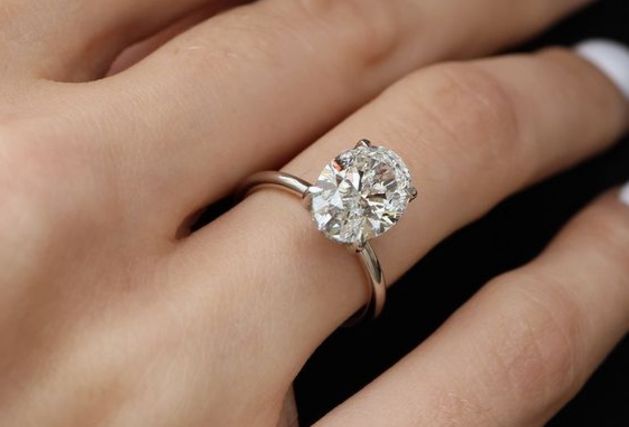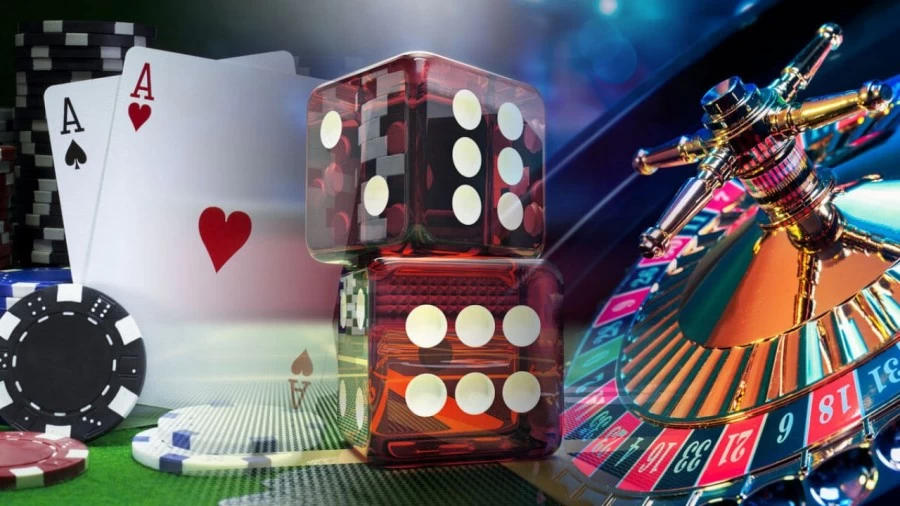Guide to Moissanite, Cubic Zirconia, and White Sapphire Alternatives
Introduction to Lab Diamond Substitutes
When it comes to choosing a gemstone, lab diamond substitutes have been gaining traction as excellent alternatives to traditional diamonds. But what exactly are lab diamond substitutes, and why are they worth considering? Let’s delve into the fascinating world of these alternatives.
What Are Lab Diamond Substitutes?
Lab diamond substitutes are materials that mimic the appearance of natural or lab-grown diamonds but are typically created from different materials. These substitutes can offer a range of benefits, from cost savings to unique aesthetics, making them popular among those who are both budget-conscious and eco-aware.
Why Choose Lab Diamond Substitutes?
Choosing lab diamond substitutes can be driven by various reasons. Some prefer them for their lower price tags, while others might appreciate their ethical and environmental advantages. Additionally, certain substitutes might offer a distinctive look or enhanced durability compared to traditional diamonds.
Types of Lab Diamond Substitutes
There are several prominent lab diamond substitutes, each with its unique characteristics and benefits. Let’s explore some of the most popular ones:
Moissanite: A Sparkling Alternative
Moissanite is a gemstone that has often been compared to diamonds due to its impressive brilliance and fire. Discovered in a meteor crater, moissanite is not only rare but also exceptionally beautiful.
Moissanite vs. Lab Diamonds
While moissanite closely resembles diamonds in appearance, it has its own set of properties. It is known for its higher brilliance and fire compared to diamonds, which can make it appear even more dazzling. However, moissanite is generally less expensive than diamonds, making it a cost-effective alternative.
Cubic Zirconia: The Classic Substitute
Cubic zirconia (CZ) is one of the most well-known diamond substitutes. It’s created synthetically and is famous for its affordability and wide range of colors.
Cubic Zirconia vs. Lab Diamonds
Although cubic zirconia can look quite similar to diamonds, it’s less durable. CZ is softer and can scratch more easily compared to diamonds. However, its low cost and versatility make it a popular choice for many jewelry pieces.
White Sapphire: Elegant and Durable
White sapphires are natural gemstones that can be an elegant substitute for diamonds. They offer a classic look with a hardness that makes them suitable for everyday wear.
White Sapphire vs. Lab Diamonds
White sapphires are durable and have a lovely luster, but they are generally less brilliant than diamonds. They offer a more understated sparkle but are a fantastic choice for those who prefer a more subtle elegance.
Factors to Consider When Choosing
When selecting a lab diamond substitute, several factors should be taken into account to ensure you get the best option for your needs.
Cost Considerations
Lab diamond substitutes can vary significantly in price. While moissanite and white sapphires can be more affordable than diamonds, cubic zirconia is often the most budget-friendly choice. Consider your budget and weigh the cost against the benefits of each substitute.
Durability and Hardness
Durability is an important factor, especially if you plan to wear the gemstone daily. Diamonds are the hardest known material, but moissanite and white sapphires are also quite durable. Cubic zirconia, on the other hand, is less hard and can be prone to scratches.
Aesthetic Appeal
Each lab diamond substitute has a unique appearance. Moissanite offers high brilliance and fire, cubic zirconia comes in various colors, and white sapphires have a classic look. Choose the one that best fits your personal style and preference.
Advantages and Disadvantages
Understanding the pros and cons of lab diamond substitutes can help you make an informed decision.
Pros of Lab Diamond Substitutes
- Cost-Effective: Most substitutes are more affordable than natural or lab-grown diamonds.
- Ethical Choices: Many substitutes are created with minimal environmental impact.
- Variety: There are many options with different appearances and characteristics.
Cons of Lab Diamond Substitutes
- Durability: Some substitutes, like cubic zirconia, are less durable than diamonds.
- Brilliance: While substitutes like moissanite are brilliant, others may not match the sparkle of diamonds.
- Resale Value: Lab diamond substitutes generally have lower resale value compared to diamonds.
How to Care for Lab Diamond Substitutes
Proper care can help maintain the appearance and longevity of your lab diamond substitutes.
Cleaning Tips
Most lab diamond substitutes can be cleaned with a mild soap solution and a soft brush. Avoid harsh chemicals or abrasive materials that could damage the gemstone.
Storage and Maintenance
Store your substitutes in a soft cloth or pouch to prevent scratches. Regularly check for any signs of wear or damage and have them professionally inspected if necessary.
Popular Brands and Products
Several brands are known for their high-quality lab diamond substitutes. Here’s a look at some of the top options available.
Notable Moissanite Brands
- Charles & Colvard: Known for their high-quality moissanite stones.
- MoissaniteCo: Offers a wide range of moissanite jewelry.
Leading Cubic Zirconia Brands
- Swarovski: Renowned for its sparkling cubic zirconia.
- Rhinestone Jewelry: Specializes in various cubic zirconia pieces.
Top White Sapphire Options
- Gemological Institute of America (GIA): Offers certified white sapphires.
- Brilliant Earth: Provides high-quality white sapphire jewelry.
Future Trends in Lab Diamond Substitutes
The world of lab diamond substitutes is evolving with new innovations and changing consumer preferences.
Innovations in Lab-Grown Alternatives
Advancements in technology are improving the quality and variety of lab-grown alternatives, making them more attractive to consumers.
Changing Consumer Preferences
As awareness of ethical and environmental issues grows, more people are opting for lab diamond substitutes, driving demand and leading to new market trends.
Conclusion
Lab diamond substitutes offer a variety of benefits, from affordability to unique aesthetics. Whether you choose moissanite, cubic zirconia, or white sapphire, each option presents its own set of advantages. By understanding the characteristics and differences of each substitute, you can make an informed choice that fits your style, budget, and ethical preferences. As the market continues to evolve, these substitutes are likely to become even more appealing and accessible.




































